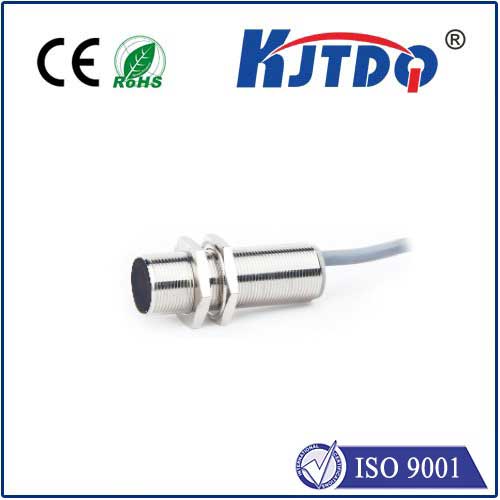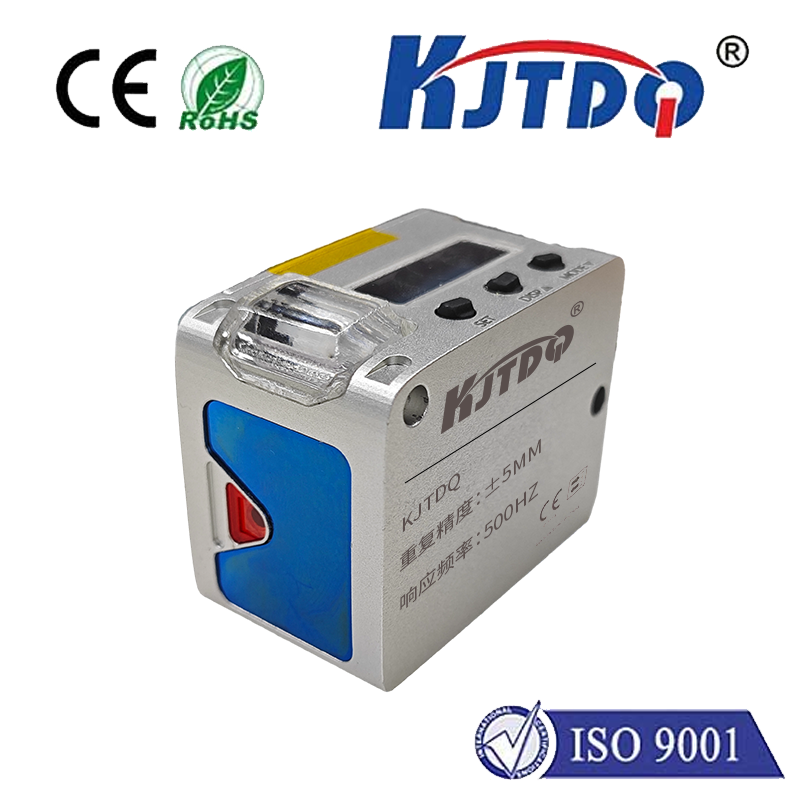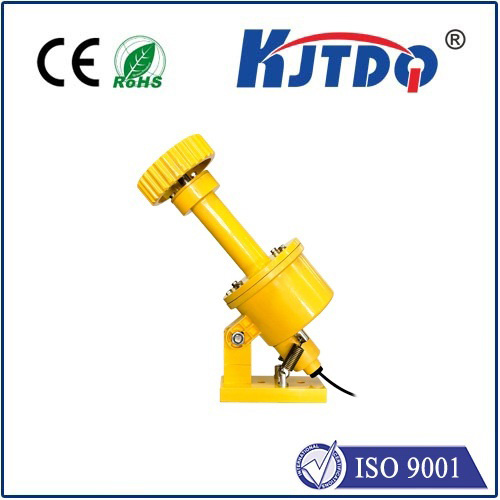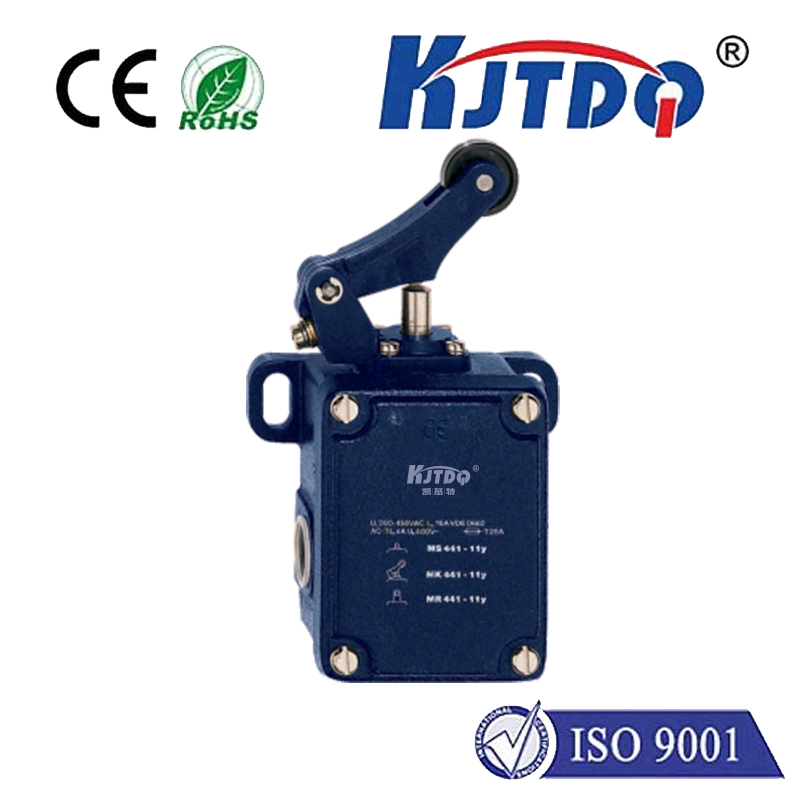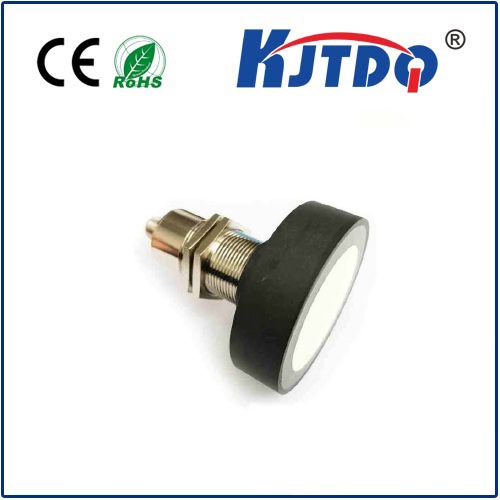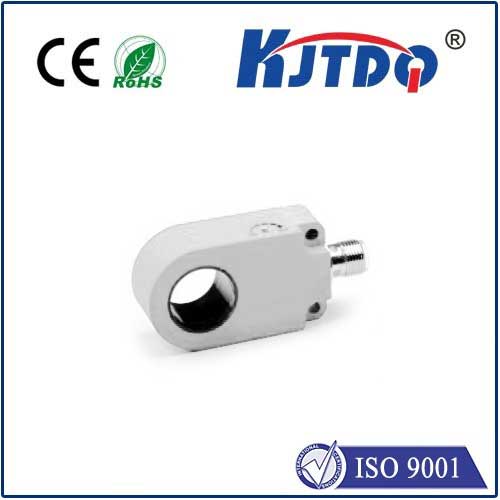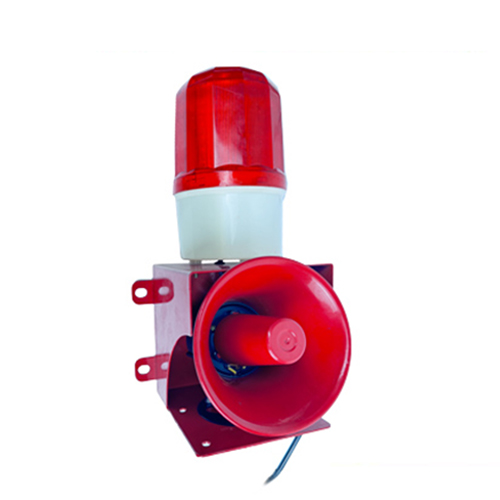

check

check

check

check

check

check

check

check

check

check
Unlock Next-Level Home Automation with ESPHome Pressure Sensors
Imagine waking up to a home that anticipates your every need—adjusting the heating as storms approach, alerting you to leaks before they cause damage, or even optimizing air quality based on real-time pressure changes. This isn’t science fiction; it’s the power of integrating ESPHome with pressure sensors in your smart home setup. As the Internet of Things (IoT) revolutionizes daily life, DIY enthusiasts and tech-savvy homeowners are turning to ESPHome, an open-source platform for ESP8266 and ESP32 devices, to create custom, affordable solutions. Pressure sensors add a vital layer of environmental monitoring, detecting subtle shifts in air or fluid pressure to enable smarter decisions. In this guide, we’ll explore how combining these elements unlocks unprecedented automation possibilities, from energy savings to enhanced safety, without overwhelming complexity. Let’s dive into why this dynamic duo is transforming homes worldwide.
To appreciate this integration, it’s essential to grasp what ESPHome is at its core. Simply put, ESPHome is a game-changer for anyone building IoT devices: it allows users to configure sensors, actuators, and microcontrollers using simple YAML files, eliminating the need for complex coding. Think of it as a bridge between hardware components like the affordable ESP boards and user-friendly software tools. Key benefits include seamless compatibility with popular platforms such as Home Assistant, real-time updates, and over-the-air updates for effortless maintenance. Since its inception, ESPHome has empowered thousands to craft personalized systems—no wonder it’s become a cornerstone of modern DIY automation, offering reliability that rivals commercial products.

Now, let’s shift focus to pressure sensors, the unsung heroes in this equation. These devices measure force per unit area, translating physical pressure changes into electrical signals for easy interpretation. Common types include barometric sensors for atmospheric pressure (e.g., BMP280 or BME280) and fluid pressure sensors for applications like water systems. Their versatility makes them ideal for home use: monitor barometric shifts to predict weather changes, detect pressure drops indicating leaks in pipes, or ensure HVAC systems maintain optimal airflow. For instance, integrating a BMP280 sensor into a smart thermostat can trigger alerts when pressure anomalies suggest drafts or structural issues. This adaptability ensures that with ESPHome, these sensors aren’t just add-ons—they become intelligent tools for proactive management.
So, how do you actually connect a pressure sensor to an ESPHome setup? The process is surprisingly straightforward, thanks to ESPHome’s modular design. Start by selecting a compatible sensor, like the widely used BME280, which combines pressure, temperature, and humidity sensing. Next, wire it to your ESP32 or ESP8266 board: typically, connect VCC, GND, SDA, and SCL pins, ensuring secure connections to avoid data corruption. This physical setup takes mere minutes, even for beginners. Then, fire up the ESPHome dashboard and create a new YAML configuration file. Here’s where the magic happens—add a few lines to define the sensor. For example:
sensor:
- platform: bme280
temperature:
name: "Living Room Temperature"
pressure:
name: "Atmospheric Pressure"
unit_of_measurement: "hPa"
This snippet automatically registers the sensor in your Home Assistant, providing instant readings. Natural referencing to ESPHome’s documentation ensures your setup adheres to best practices without overt plugs. After compiling and flashing the firmware, your device starts sending data, ready for automation rules that, say, close windows if pressure hints at high winds.
Moving to real-world applications, the fusion of ESPHome and pressure sensors creates tangible benefits that elevate home intelligence. Energy efficiency shines in scenarios like monitoring air pressure differences between rooms—this can automate HVAC adjustments to reduce power waste by 10-20%. For safety, sensors detect sudden pressure drops in water lines, alerting you to leaks via notifications before costly damage occurs. Imagine pairing this with a smart valve: if a pipe bursts, the system shuts off water automatically. Another innovative use is in health-conscious homes, where pressure data helps maintain consistent indoor air quality by triggering purifiers during polluted days. These examples highlight how flexible and cost-effective this integration is, empowering users to build systems tailored to unique needs without relying on pricey subscriptions.
Of course, like any DIY project, challenges may arise, such as calibration needs or interference from environmental factors. However, ESPHome mitigates these with easy fixes: its community forums offer quick tips for fine-tuning sensors, and built-in filters smooth noisy data. The key takeaway? This approach democratizes advanced automation. By starting small—perhaps with a single sensor project—you gain confidence while reaping immediate rewards like lower bills or peace of mind. Ultimately, embracing ESPHome pressure sensors isn’t just about tech; it’s a step toward a responsive, sustainable home that evolves with you.
